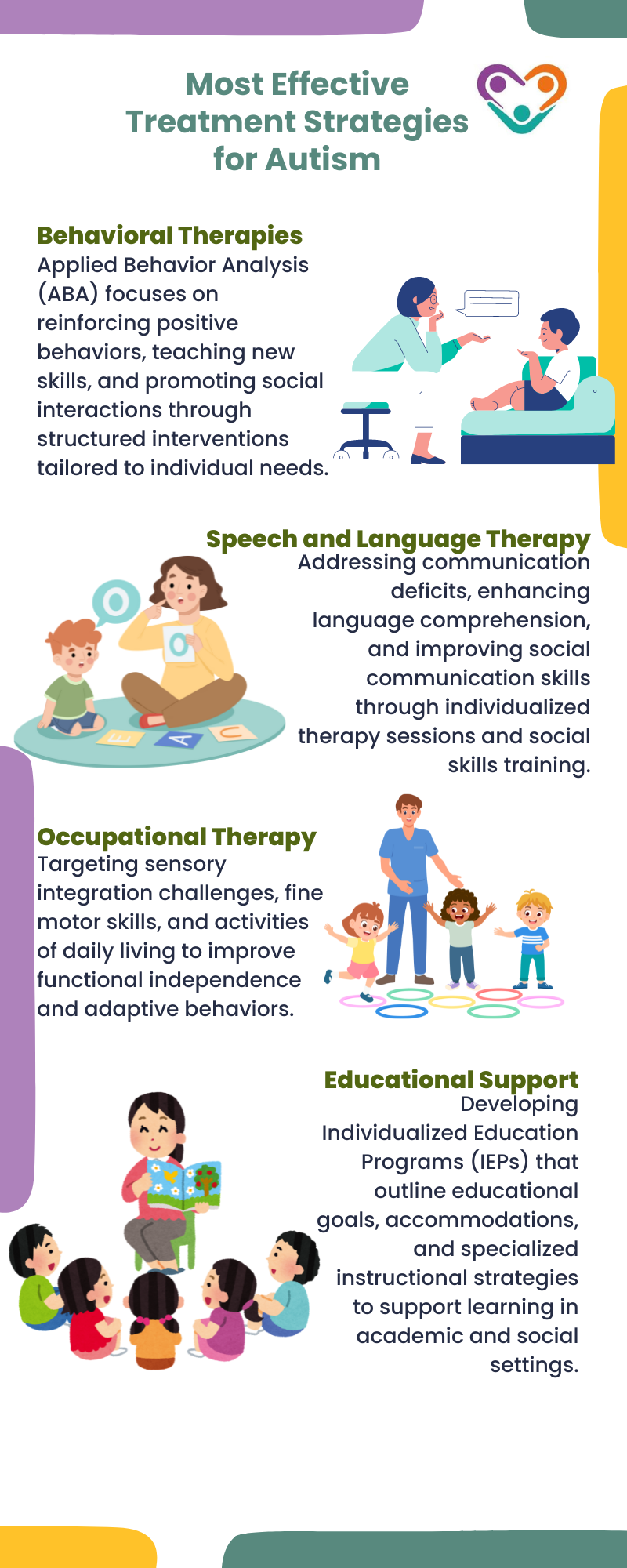Autism spectrum disorder is a complex neurodevelopmental condition characterized by significant challenges in social communication, behavior, and sensory processing. Understanding how autism works involves exploring its genetic, neurological, and environmental aspects, as well as its diverse symptomatology, diagnostic procedures, treatment strategies, ongoing research, societal impact, and the challenges faced by individuals and families affected by ASD.

What is Autism Spectrum Disorder?
Autism spectrum disorder encompasses a broad spectrum of conditions where individuals experience difficulties in social interaction and communication, alongside restricted interests and repetitive behaviors.
This spectrum highlights the variability in how autism presents, from individuals with profound intellectual disabilities to those with high-functioning autism who may exhibit exceptional abilities in specific areas.
Genetic research has identified numerous genetic variants and mutations associated with autism, impacting neural development, synaptic function, and connectivity in the brain. These genetic factors contribute to the heterogeneity observed in autism spectrum disorders.
Environmental influences also play a role in autism risk. Prenatal factors such as maternal infections, exposure to certain medications, and complications during pregnancy have been linked to an increased likelihood of ASD.
Early childhood factors like exposure to environmental toxins and immune system dysregulation may further interact with genetic vulnerabilities, influencing neurodevelopmental outcomes.

Neurological Basis of Autism
Advanced neuroimaging techniques, such as magnetic resonance imaging (MRI) and functional MRI (fMRI), have provided insights into the neurological underpinnings of autism. Structural imaging studies reveal differences in brain anatomy, including variations in cortical thickness, gray matter volume, and white matter connectivity between individuals with ASD and neurotypical individuals.
Functional imaging studies demonstrate atypical brain activation and connectivity patterns during tasks involving social cognition, language processing, and sensory integration in individuals with autism.
These neurobiological differences may contribute to difficulties in social communication, emotional regulation, and sensory processing observed in individuals with ASD.
Symptoms and Behavioral Characteristics
The symptoms of autism manifest along a spectrum of severity and presentation, characterized by challenges in the following areas:
Social Interaction
Autistic individuals often struggle to understand social norms, interpret non-verbal cues such as facial expressions or body language, and engage in reciprocal conversations. These challenges can lead to social isolation and difficulty forming friendships.
Communication
Communication difficulties in autism vary widely, ranging from delayed language development to atypical speech patterns and pragmatic language deficits. Some individuals may exhibit echolalia, repeating words or phrases without understanding their meaning, while others may have difficulty initiating or sustaining conversations.
Behavior
Restricted and repetitive behaviors are hallmark features of autism spectrum disorder. These behaviors may include repetitive movements such as hand-flapping or rocking, insistence on sameness or routines, and intense preoccupation with specific interests or topics. These behaviors serve as coping mechanisms for managing sensory overload or anxiety.
Sensory Sensitivities
Many individuals with ASD experience sensory sensitivities, such as heightened sensitivity or reduced sensitivity to sensory stimuli like sound, light, touch, taste, or smell.
These sensitivities can lead to discomfort or distress in everyday environments and impact behavior and social interactions.

Diagnosis and Screening
Diagnosing autism involves a comprehensive evaluation by healthcare professionals, including pediatricians, psychologists, and developmental specialists. The diagnostic process includes gathering a developmental history, conducting behavioral observations, and using standardized screening tools like the Autism Diagnostic Observation Schedule (ADOS) and the Modified Checklist for Autism in Toddlers (M-CHAT).
Early diagnosis enables timely intervention and access to support services, which can improve developmental outcomes and quality of life for individuals with ASD and their families.
Fortunately, recent research has advanced our understanding of autism spectrum disorder by focusing on these key areas:
Genetics
Identifying specific genes and genetic variants associated with ASD through genome-wide association studies (GWAS) and exome sequencing. These studies highlight the genetic heterogeneity of autism and potential pathways influencing neurodevelopment.
Neurobiology
Investigating brain connectivity, neurotransmitter systems, and neurodevelopmental processes using advanced imaging techniques. Research findings contribute to our understanding of neural circuitry abnormalities and their role in autism symptoms.
Environmental Factors
Examining prenatal and early life factors, such as maternal health conditions and environmental exposures, that may interact with genetic vulnerabilities to increase autism risk.
Early Intervention
Evaluating the effectiveness of early behavioral interventions, speech-language therapy, and educational strategies in promoting developmental progress and adaptive skills in children with ASD.
Understanding the interplay between genetic predispositions and environmental factors is crucial for developing personalized interventions and targeted therapies that address the specific needs of individuals with autism.
Treatment and Management Approaches
While there is no cure for autism, early intervention and comprehensive treatment approaches can significantly enhance developmental outcomes and quality of life.
Some of the most effective treatment strategies include the following:

Parental involvement and family support services are integral components of autism treatment, providing caregivers with strategies and resources to support their child’s development and navigate challenges effectively.
Challenges and Support Systems
Living with autism presents various challenges for individuals, families, and communities. Common challenges include social isolation, difficulty accessing services, managing co-occurring conditions like anxiety and ADHD, and preparing for transitions to adulthood.
Support systems, including community resources, support groups, advocacy organizations, and specialized service providers, play a crucial role in addressing these challenges and promoting the well-being of individuals with ASD.
Raising awareness and promoting acceptance of autism is crucial in creating inclusive communities and reducing stigma. Education initiatives, public campaigns, and community outreach efforts help increase understanding of autism’s diverse presentations and strengths.
Embracing neurodiversity fosters an appreciation for the unique perspectives and contributions of individuals with ASD, promoting greater social equity and inclusion in education, employment, and community settings.
Autism spectrum disorder is a complex neurodevelopmental condition characterized by diverse symptoms and challenges in social communication, behavior, and sensory processing. Advances in research have deepened our understanding of its genetic, neurological, and environmental underpinnings, leading to early detection, personalized interventions, and improved outcomes for individuals with ASD.
While treatment approaches vary based on individual needs, multidisciplinary interventions, early intervention services, and robust support systems are essential in supporting individuals with ASD and promoting their full participation in society.
By fostering awareness, promoting acceptance, and advocating for inclusive policies and practices, we can create supportive environments that empower individuals with autism to thrive and reach their full potential.
Sources:
https://www.psychiatry.org/patients-families/autism/what-is-autism-spectrum-disorder
https://www.autismspeaks.org/what-causes-autism
https://health.howstuffworks.com/mental-health/autism/autism.htm




